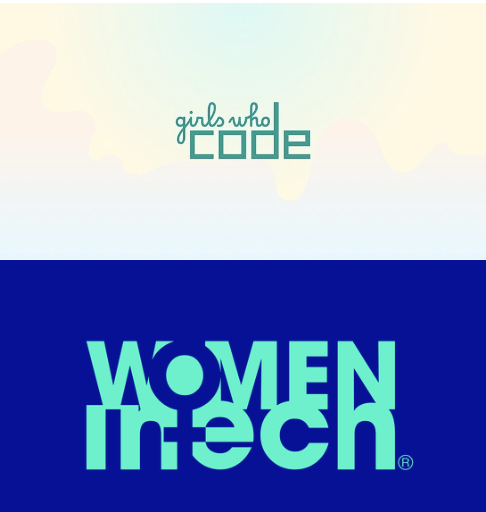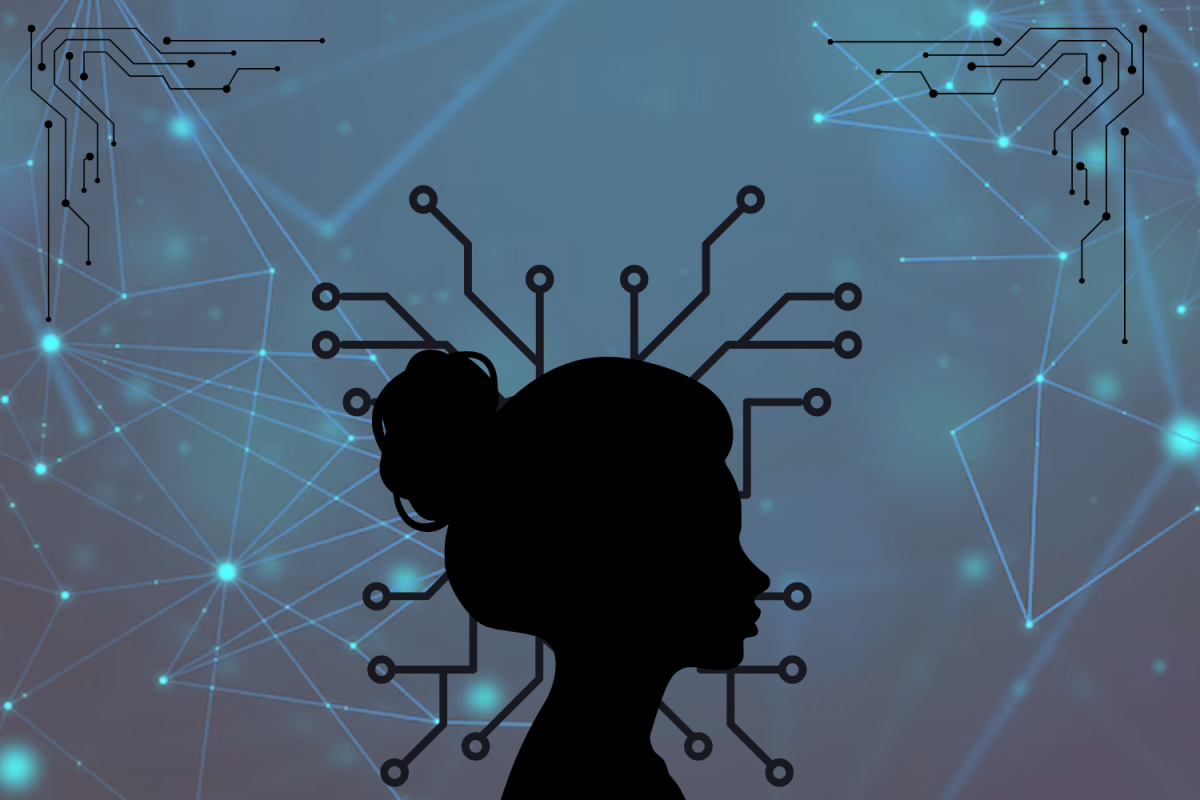In the rapidly evolving world of technology, women are pushing to redefine the industry. From data science to artificial intelligence (AI), women prove they can overcome gender boundaries in the technology industry. In the past few decades, women have overcome barriers and contributed to the technological revolution in ways once thought impossible due to the industry’s male-dominated roots, according to roberthalf.com. Women’s History Month commemorates the accomplishments of women in all fields, including acknowledging the impact women have in shaping the computing industry.
Women make up less than a third of the global workforce in technology related fields, according to womentech.net. Specifically, women account for only 25 percent of the industry, with just 11 percent holding leadership positions, according to forbes.com. These recent numbers demonstrate the lack of female representation in the technology industry, despite the numerous innovative contributions made by women. In fact, the proportion of women to men in technology roles has declined over the past 35 years. Half of women in technology leave the field by the age of 35 due to the lack of inclusivity. At this rate, it will take 133 years to put an end to the gender gap in the industry of technology, according to roberthalf.com.

Since the 1700s, women technicians and computer scientists have worked to push past the barriers and obstacles of gender bias in the world of technology. The determination of female trailblazers such as Ms. Ada Lovelace and Ms. Grace Hopper helped to challenge social norms and inspire future generations of women. People recognize Ms. Lovelace, a pioneer who changed the face of the technology industry, as the first computer programmer. In 1843, Ms. Lovelace wrote the first algorithm for a machine, according to womenintech.co.uk. The industry also acknowledges Ms. Hopper as one of the most influential individuals in the computer science field. In 1949, she developed a tool called a compiler which translates human-readable code into machine language, shaping the programming world known today, according to cpsc.yale.edu. The success of these two women proved that anyone with the talent and determination can initiate and drive change in society, regardless of the gender gap.
Mrs. Ana Nystedt, Upper School Computer Science Teacher and Coordinator of the IBM Mentorship Program, discussed why it is important to encourage women to pursue all kinds of fields in technology. She highlighted the significance of female perspectives to be voiced in the digital world.
“Given how ubiquitous computing and technology are in our lives and shaping every industry, I think it is important for everyone to be knowledgeable and involved,” Mrs. Nystedt said. “Ideas, creativity, inventions, and solutions come from diverse fields of study and backgrounds and have no geographical or gender boundaries. Women can have strong technological and scientific capabilities combined with empathy and attention to detail. More women in technology can help mitigate biases in algorithms, products, and workplace cultures. In addition, more women in computing would inspire future generations of students to pursue careers in computing and technology.”

Today, the technology industry is still male-dominated, however, there are various accessible organizations that continue to encourage young girls and women to pursue fields in computer science. Organizations like Women In Tech (WIT) and Girls Who Code (GWC) devote to teaching, advocating, and supporting thousands of women who are striving to be leaders and entrepreneurs in the industry of technology. WIT is the world’s leading organization committed to finally closing the gender gap in computer science. Women come together globally to deliver their mission of creating an inclusive digital world, according to women-in-tech.org. Whereas, GWC is a gaming experience that allows users to code and create characters of diversity. This organization empowers the next generation of women through the gaming world, according to girlswhocode.com. These organizations are driving innovation and inspiring girls and women to thrive in the digital world, continuing to prove that women are not a minority in computer science. Mrs. Nystedt emphasized the importance of encouraging women to break gender stereotypes and to embrace the versatile world of technology.
“Technology does not exist by itself, it is a tool that is applied to every profession and all fields of work,” Mrs. Nystedt said. “For every solution, there are different kinds and levels of expertise. Many creative ideas are required to innovate or put together the necessary components of software, hardware, and telecommunications to satisfy human needs. It is important to break gender stereotypes and encourage female students to follow their curiosity, use their creativity and develop the necessary skills to succeed in this industry. Technology skills open doors to well-paying jobs across various industries, improving financial independence for women.”
Featured Image by Lilia Newman ’27




